Novation – A Company History
Originally founded in 1992 by Ian Jannaway and Mark Thompson, Novation has had a long prodigious history. We chart their growth year by year… 1992 Novation founded by Ian Jannaway and Mark Thompson – Originally called Novation Electronic Music Systems, the company started with the MM10, a keyboard add-on for the Yamaha QY10, the two […]
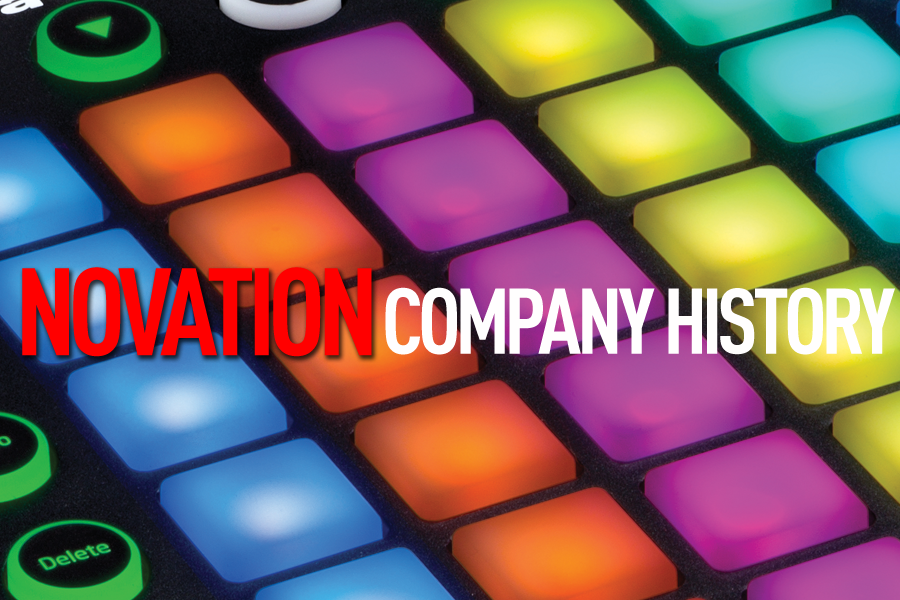
Originally founded in 1992 by Ian Jannaway and Mark Thompson, Novation has had a long prodigious history. We chart their growth year by year…
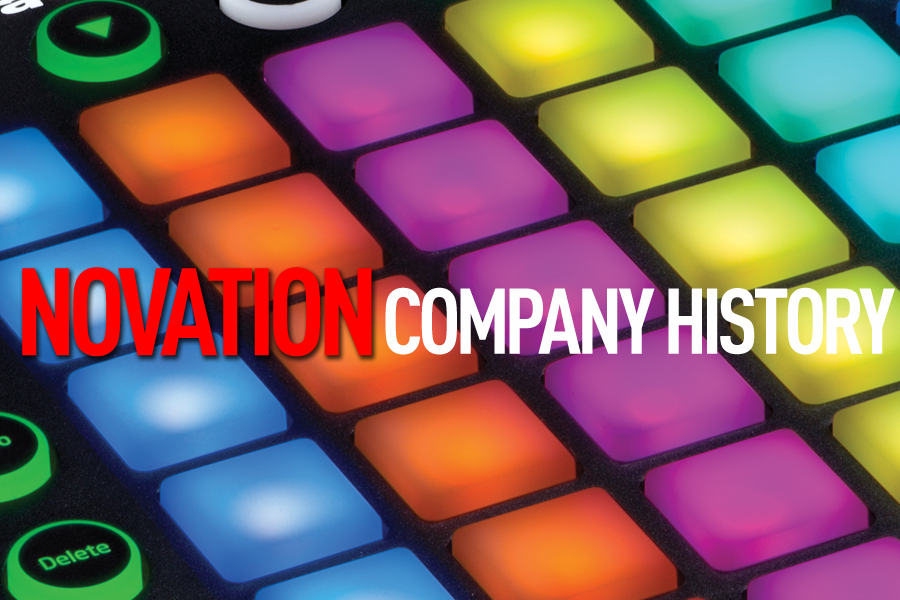
1992
Novation founded by Ian Jannaway and Mark Thompson – Originally called Novation Electronic Music Systems, the company started with the MM10, a keyboard add-on for the Yamaha QY10, the two together making up an effective workstation. It was followed by the more versatile MM10-X.

1993
Bass Station – The product that stamped Novation’s name on the studio world. Ideal timing for dance music, and it shifted tens of thousands of units. Thanks Roland…

1994
Bass Station Rack – With added features, the Rack became a hit in its own right, finding celebrity fans in everyone from Massive Attack to Underworld.
1995-6
Drum Station – A product aiming to ‘do a Bass Station with drums’, this time emulating another set of Roland classics – the TR-808 and 909.

1997
Super Bass Station – Adding an arpeggiator, noise source, ring modulator, additional LFO and extra presets, this took the original away from its acid roots into a wider territory.
1998
Supernova – One of Chris Huggett’s first full-time projects (after acting as a freelance designer for earlier products), Supernova had a complete multi-effects processor for each of its eight audio output parts – a total of 56 programmable effects available on all voices.

1999
Nova – Desktop performance module featuring the same synth engine as the Supernova.

2000
Supernova II – Available in 24-, 36- and 48-voice models, with additional 12- or 24-voice expansion boards, as either a 3U rackmount format or 61-note performance keyboard. The Supernova II also featured FM synthesis and an 8-part arpeggiator.

2001
A-Station – Like a Bass Station on the outside and Supernova on the inside. The voice architecture featured ASM (Analogue Sound Modelling) digital oscillators instead of simple DCOs, and added 8-voice polyphony.
K-Station – Two-octave keyboard version of the A-Station
2002
KS Series (KS4, KS5, KS Rack) – Enhanced versions of the K-Station engine with additional features, including four-part multitimbral operation with multiple assignable audio outputs and a separate effects processor for each part, as found on the Supernova, plus ‘Hypersync’, allowing the musician to automatically match rhythmic effects to MIDI clock.

2003
ReMOTE 25 – Designed as a state-of-the-art portable, compact MIDI controller and featured a range of electronic templates that provided a new level of control for all the leading music-making software packages.
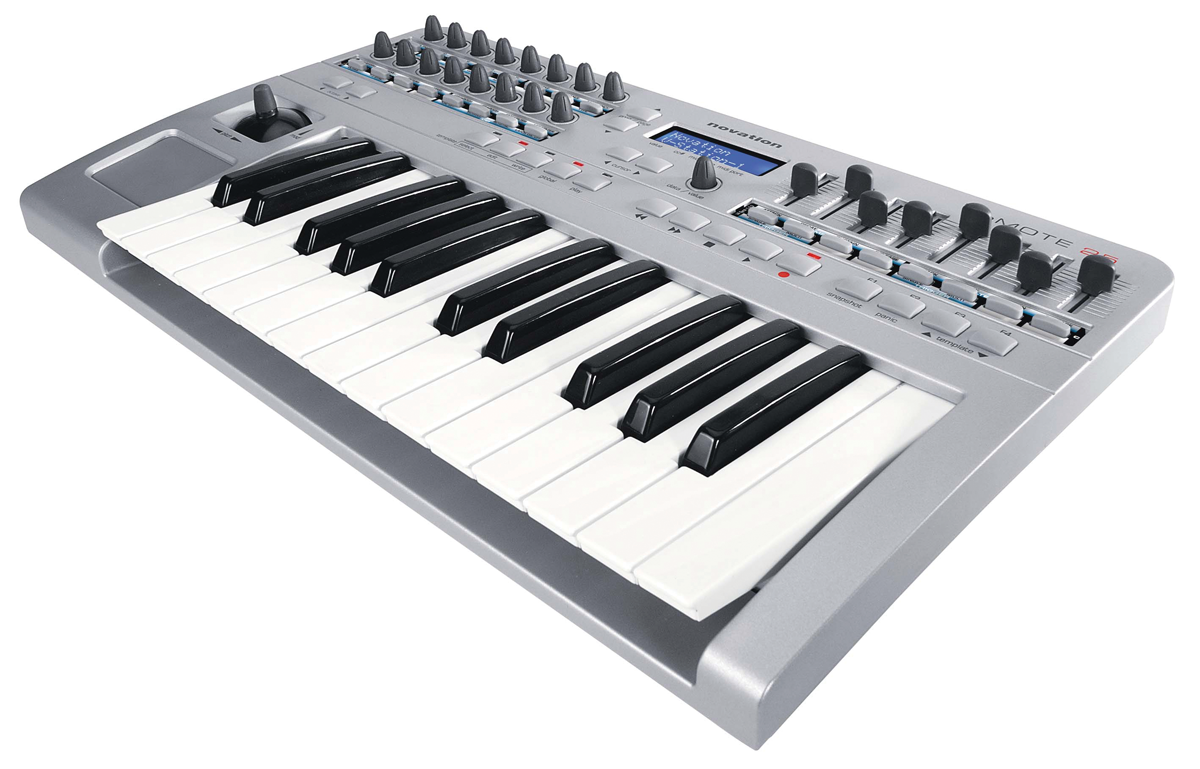
ReMOTE 25 Audio – Provided the same facilities with the addition of a built-in USB audio interface, and later developed into the X-Station.
V-Station and B-Station plug-ins – Software emulations of the K-Station and synth classic Bass Station respectively
2004
X-Station – Brought together a Novation 8-voice ASM-based synth engine, template-based ReMOTE style MIDI control and a 2-in, 2-out stereo audio interface and multi-effects engine, plus a semi-weighted aftertouch keyboard.
Speedio – Lightweight audio/MIDI interface powered by USB.
2005
ReMOTE LE – Cut-down version of the ReMOTE controllers

2006
ReMOTE SL, ReMOTE Zero SL and Automap – The ReMOTE SL range of controllers and keyboards featured Automap technology that detects your sequencer and plug-ins and maps the software’s controls to the SL’s controls. Selecting an instrument in the host makes the Remote SL detect it, placing the correct parameter names on the LCDs.
2007
ReMOTE Compact – More affordable version of the SL.
Automap Universal – New version of Automap. The ‘Universal’ was later dropped (the software is currently at Automap v4).
Nio 2|4 – – 2-in, 4-out USB audio interface bundled with 20 software effects.
XioSynth – A keyboard synthesiser with USB audio interface and template-based MIDI controller, in 25- or 49-key versions. Featured Novation’s X/Y touchpad and a synth engine based on it
2008
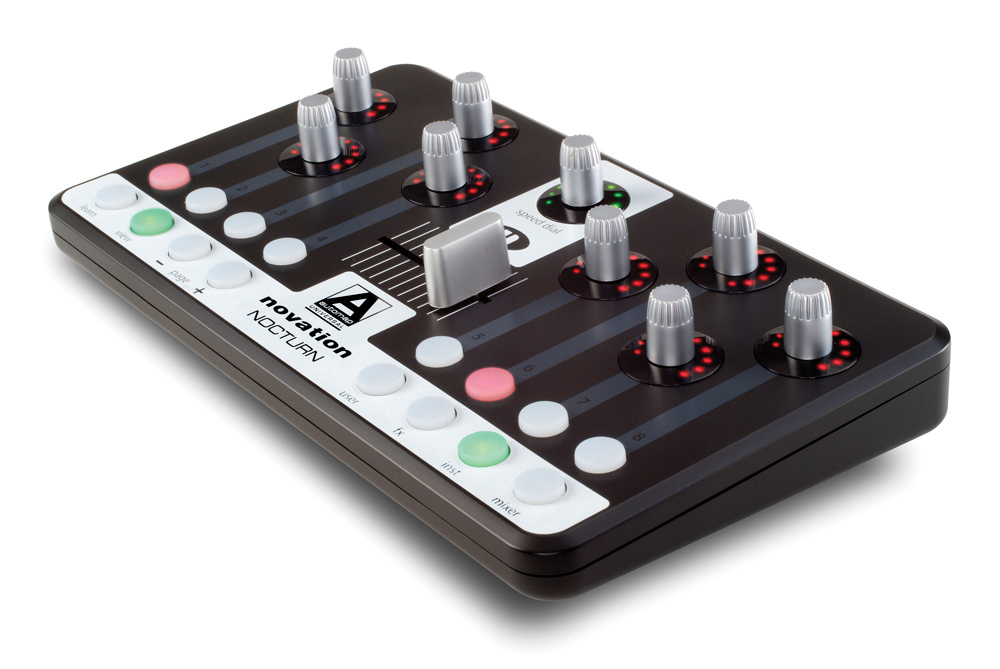
Nocturn – Updated the Automap technology. Instantly downloads a list of controllable settings provided by a plug-in and assigns them to its combination of knobs and buttons. Make changes on the controller or on-screen as the two are synchronised.
SL MkII and Zero SL MkII – Updates to the ReMOTE series included touch-sensitive knobs and sliders and updated Automap.
2009
Launchpad – A new partnership between Novation and Ableton, a multi-button controller for Live. The unit consists of a grid of 8×8 illuminated square buttons and is fully bus-powered. Plug it in and control Live in an instant.
Nocturn 25 and 49 – Addition of a 25- or 49-note velocity/aftertouch keyboard to Nocturn rotary encoder-based controllers
Automap for iPhone and iPod Touch – iOS app providing remote control of DAWs, effects, sequencers or plug-in parameters using
two faders and eight buttons.
2010
UltraNova – Nova series analogue-modelling synth with effects processor. A single-part synth, taking the Supernova II synth engine and adding new features including wavetable synthesis, more filters, a software editor and a touch-sense performance mode.
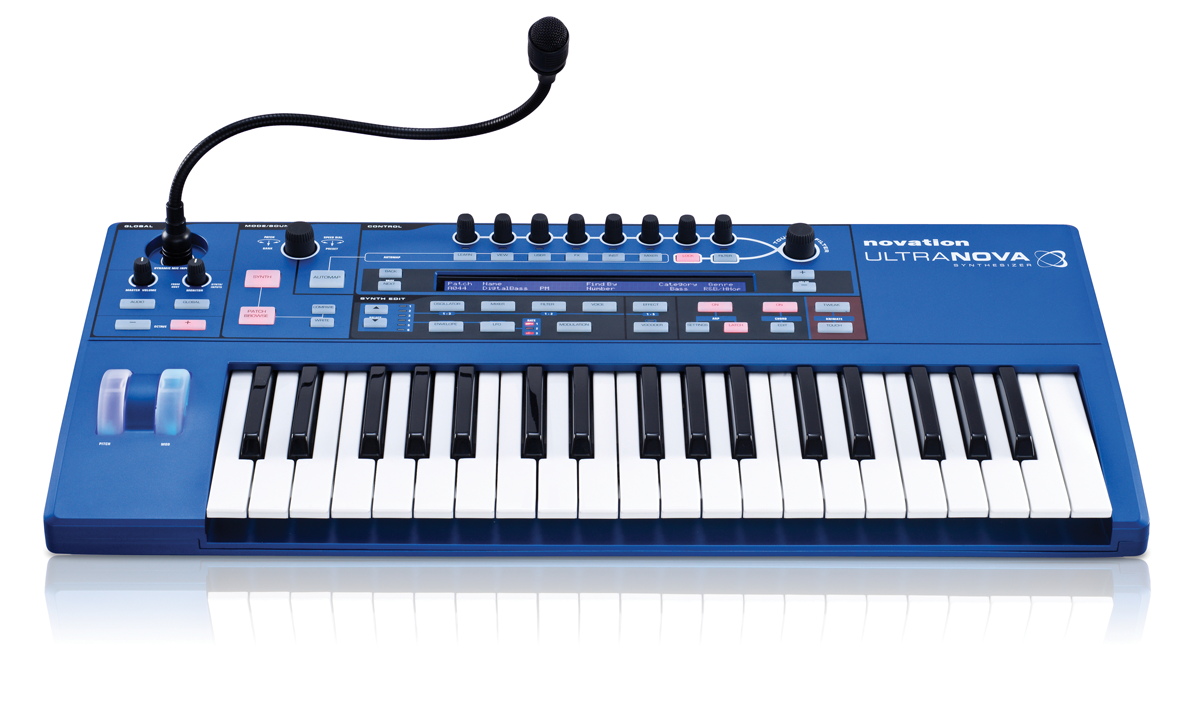
Dicer – Controller with five buttons and three mode select buttons that attaches to the corners of a turntable or laptop to allow users of DJ applications such as Traktor and Serato the ability to control loops, cues and effects.
2011
Twitch – DJ controller with Touchstrips/ribbon strips as controllers rather than the traditional turntable emulators.Also includes
a built-in audio interface.
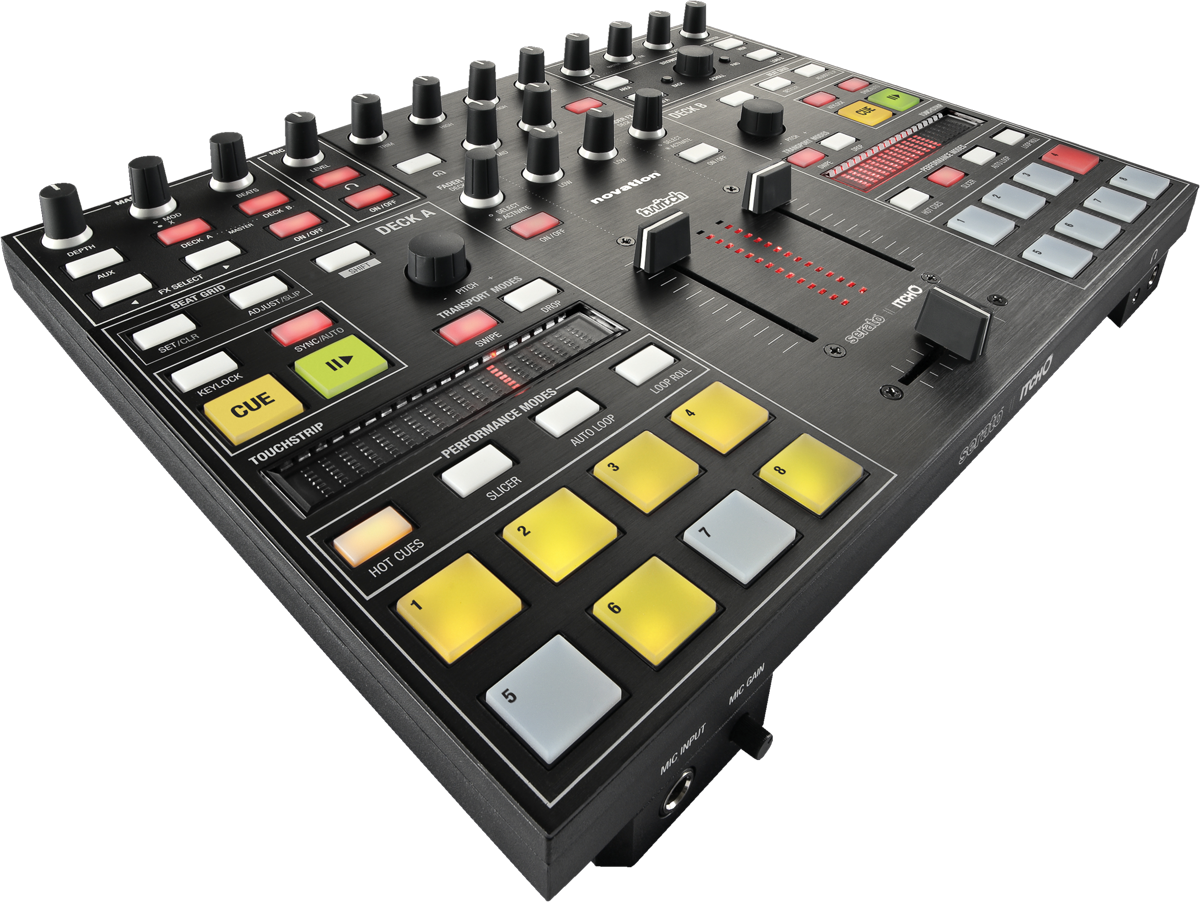
Impulse – Range of USB/MIDI controllers combining a 25-, 49- or 61-note semi-weighted aftertouch keyboard with a control surface powered by Novation’s Automap control software.
2012
MiniNova – Micro synth with 37-note keyboard based around the same synth engine as the UltraNova, with up to 18 voices and effects. Has a VocalTune function for urban and hip-hop vocal sounds, as well as classic house and techno voice effects using the onboard vocoder.
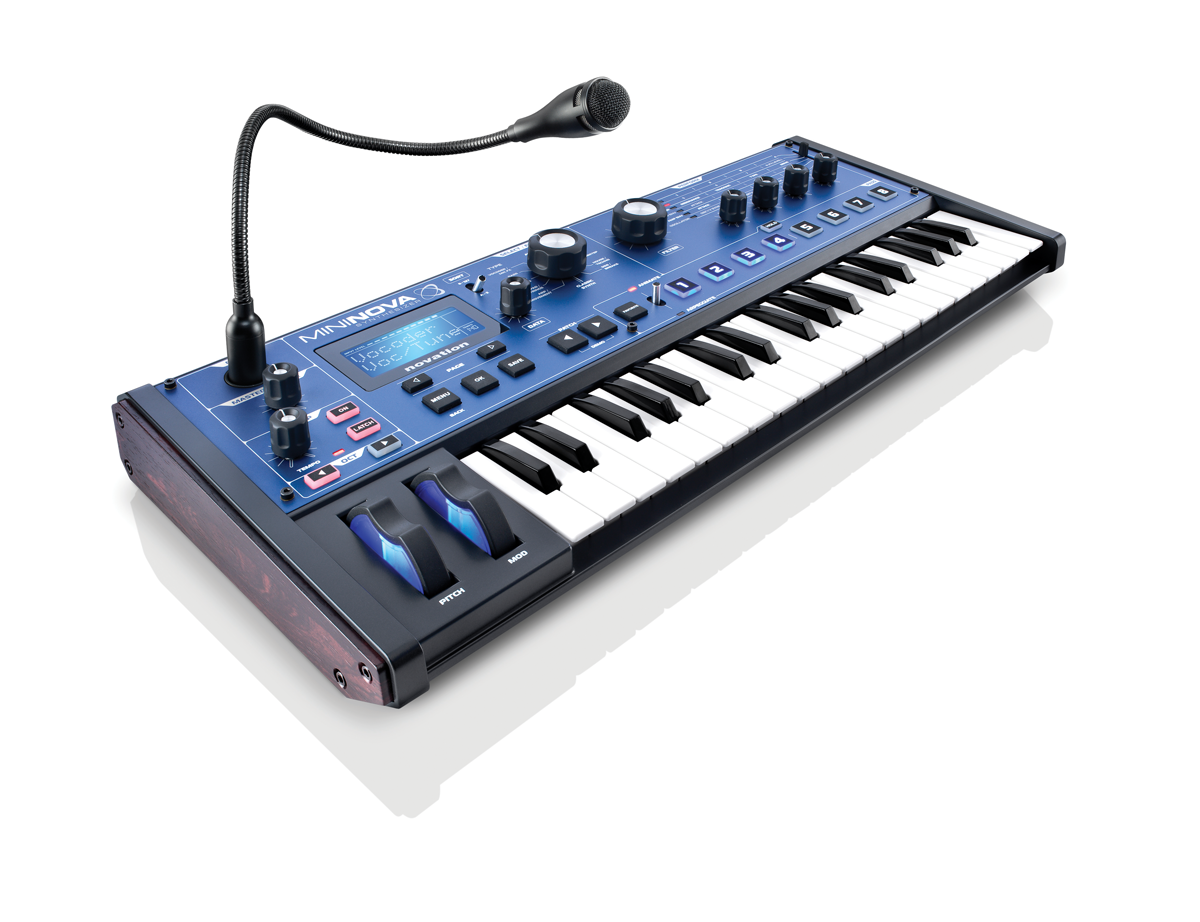
2013
Launchkey – Range of 25-, 49- and 61-note controllers with up to 50 physical controls, including 16 velocity-sensitive multi-colour launch pads that trigger clips and scenes in Live.
Launchpad S – Updated version of the Launchpad with brighter LEDs, faster refresh rate, and plug and play with other software such as FL Studio.
Launchpad Mini, Launchkey Mini, Launch Control – Compact versions of the Launchpad, while Launch Control is a compact controller with 16 rotaries and eight pads.
Launchkey and Launchpad apps – Launchkey app includes 60 synth sounds for a uniquely fast and fun way to play with sound, making it possible to change sounds using interactive graphics. The Launchpad app is for iPad that makes it possible to create beats and music instantly.
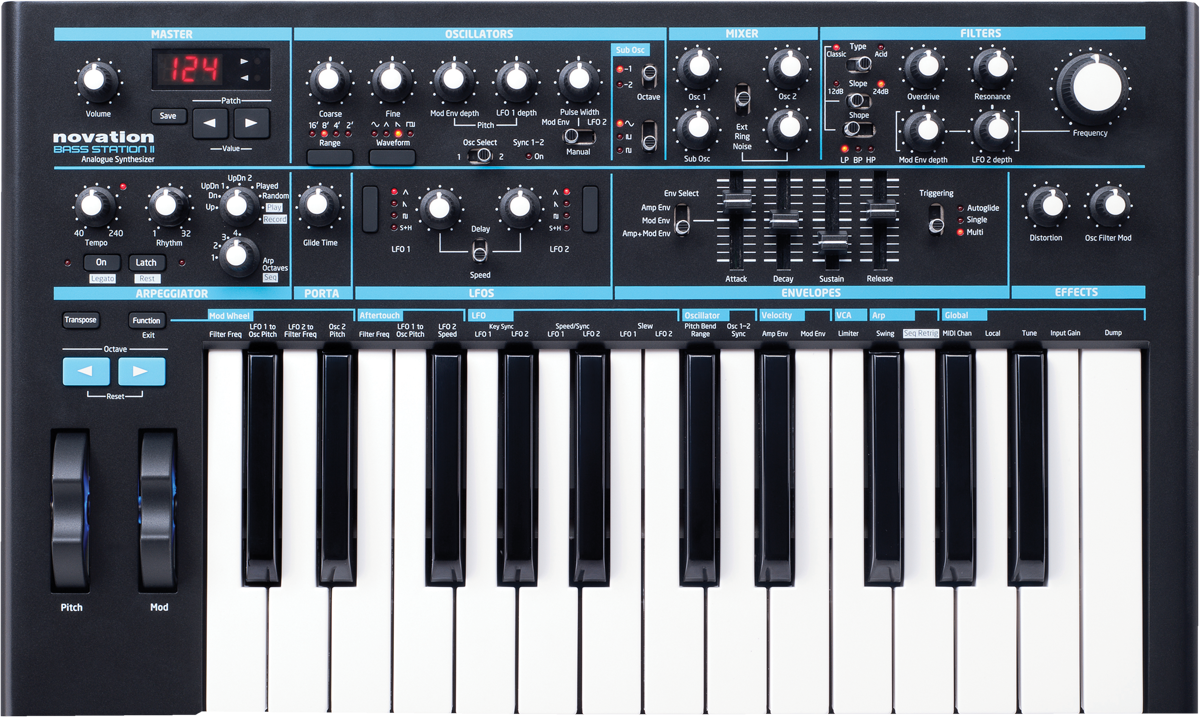
Bass Station II – – 20 years after the original, a new Bass Station, with updated filters and specs for only £50 extra, prompting a 10/10 review score in this magazine. “Bass Station II is an exceptional synth. For £399 you could buy a high-end synth plug-in for your computer. Don’t. Buy this instead. The sound of the circuit at its raw, dirty, animal-like best.”
2014
Launchpad iPhone App
Launch Control XL – Launch Control with eight extra pads, sliders and rotaries.
Audiohub 2×4 – Audio interface designed to cut down your USB clutter in a neat and compact design.
2015
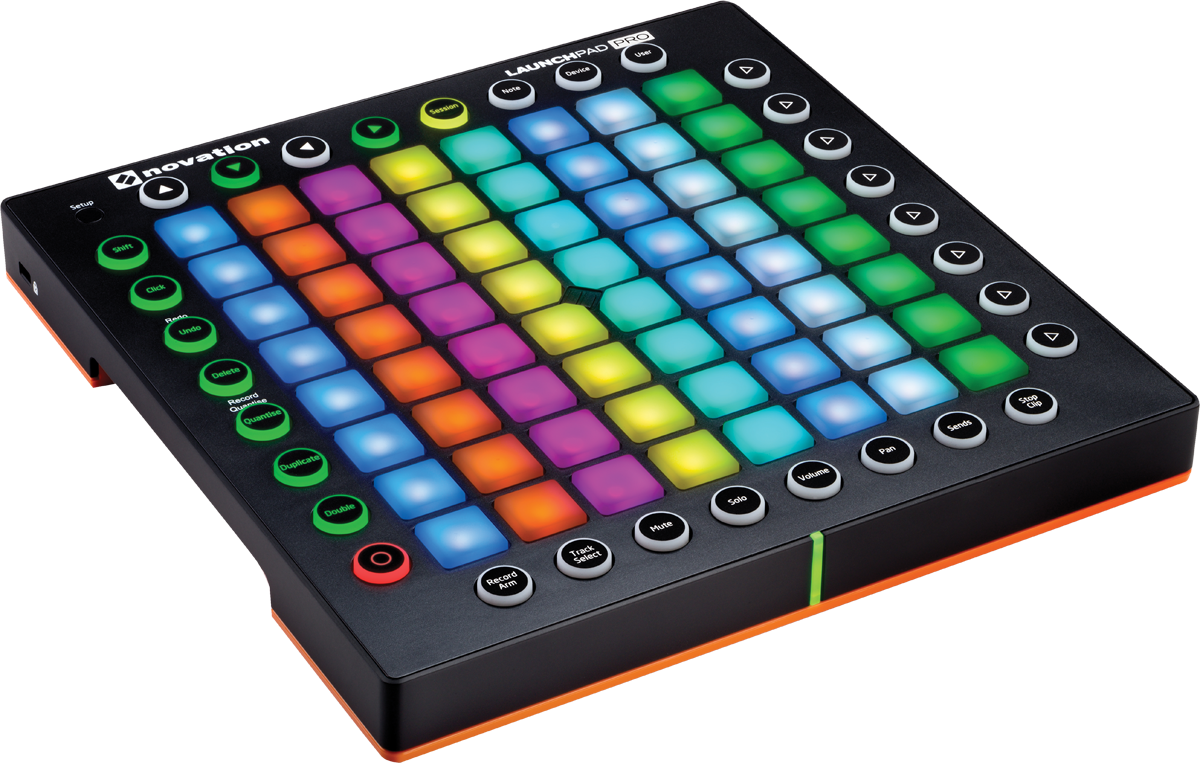
Launchpad Pro and updated Launchpad and Launchkey with RGB LEDs plus MoroderNova